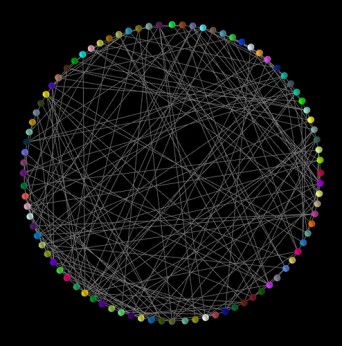We analyze the network of relations between parliament members according to their voting behavior. In particular, we examine the emergent community structure with respect to political coalitions and government alliances. We rely on tools developed in the Complex Network literature to explore the core of these communities and use their topological features to develop new metrics for party polarization, internal coalition cohesiveness and government strength. As a case study, we focus on the Chamber of Deputies of the Italian Parliament, for which we are able to characterize the heterogeneity of the ruling coalition as well as parties specific contributions to the stability of the government over time. We find sharp contrast in the political debate which surprisingly does not imply a relevant structure based on establised parties. We take a closer look to changes in the community structure after parties split up and their effect on the position of single deputies within communities. Finally, we introduce a way to track the stability of the government coalition over time that is able to discern the contribution of each member along with the impact of its possible defection. While our case study relies on the Italian parliament, whose relevance has come into the international spotlight in the present economic downturn, the methods developed here are entirely general and can therefore be applied to a multitude of other scenarios...
Keep going to read on the website of Cornell University Library
